Transform your yard and outdoor living into a functional, stylish retreat with these smart design tips.
Outdoor areas are no longer just open spaces behind the house. They’ve become key places to relax, entertain, and enjoy time with family and friends. Hence, this article will show you how to assess your current layout, clear unnecessary items, and choose the right project based on your space and lifestyle. We’ll also explore how to prepare for seasonal use.
How to Plan and Prepare for Outdoor Living Projects
A clear plan helps avoid wasted time, money, and effort. Thus, here are the key steps as you plan and prepare for a successful outdoor project.
Assess Your Current Outdoor Layout
Start by measuring your outdoor area and noting the boundaries, slopes, and existing structures. These details will help you understand how to use the space effectively. Look at where obstacles sit and how much open space you have.
Then, divide the area based on how you want to use it. Place dining or social spaces where the sun shines most, and reserve cooler, shaded spots for lounging or reading. If you want a garden or play area, keep it in open, accessible zones.
Watch how light, shade, and wind shift throughout the day. These natural elements influence where you feel most comfortable and where certain features work best.
Declutter and Prepare the Space
After mapping out your layout, clear the area to make room for your plans. Start by removing anything that no longer serves a purpose—broken furniture, rusted fixtures, and unused items only take up valuable space. Consider using a trailer if you have large or bulky materials to haul away. It saves time and eliminates multiple trips, especially when working in a big yard. Check out various trailers at brechbilltrailers.com for ideas on a trailer most suitable for your project.
Next, tackle the overgrowth. Trim hedges, pull weeds, and cut back vegetation that blocks access or sunlight. This step opens up the space and helps you see its full potential. Take the opportunity to refresh the landscape by edging flower beds, turning soil, or even reseeding patchy areas.
Once the clutter and overgrowth are gone, the blank canvas helps you picture how your outdoor project will come to life.
Choose the Right Project for Your Outdoor Living Space
Focus on a project that fits your space and lifestyle. For example, a patio or outdoor kitchen may be ideal if you love hosting. Further, a pergola with comfortable seating or a fire pit creates a cozy retreat for quieter moments. Vertical gardens or compact dining setups work well without feeling crowded in small areas.
Think about how each idea serves your daily routine. A well-placed feature should offer beauty and function without overwhelming the space. In addition, align your choices with your budget from the start to avoid costly changes later.
Smart Space-saving Design Ideas
Good design makes even small spaces feel inviting. Therefore, choose multipurpose furniture like benches with hidden storage or fold-out tables. These pieces keep clutter off the ground and make setup simple.
Further, use vertical space to your advantage. Trellises, privacy screens, and stacked planters draw the eye upward while leaving the floor area clear. In addition, you can add depth and dimension with mirrors or well-placed lighting.
Plan for Seasonal Comfort and Use
Comfort matters all year, so prepare for changing weather early in the design phase. Hence, install shade features like pergolas, umbrellas, or sails to keep seating areas cool in summer. When temperatures drop, portable heaters and fire pits help extend your use of the space.
In addition, choose plants and décor that thrive in your climate and match your maintenance habits. Durable materials like treated wood, metal, and weather-resistant fabrics will hold up through rain and sun.
Work with Professionals vs. DIY
Not every outdoor project requires a professional, but knowing when to bring in help can save time and prevent mistakes. As such, large builds like outdoor kitchens, retaining walls, or electrical work benefits from a licensed contractor or landscape designer. These experts bring technical knowledge, access to materials, and the ability to handle permits or complex installations.
Minor upgrades often work well as DIY projects if you enjoy hands-on work and have a clear plan. Thus, tasks like planting, painting, or building a basic deck can be manageable with the right tools and preparation. On top of that, you can rent equipment like power washers or saws to help you work efficiently without buying costly gear.
Conclusion
Design with year-round use in mind, not just one season. This approach ensures you get the most from your investment and enjoy the space whenever you step outside.
In addition, compare the cost of hiring help with the time and skill needed. For some, the satisfaction of doing it yourself is worth the effort. For others, hiring a pro ensures lasting results. Thus, choose the approach that fits your schedule, budget, and comfort level.






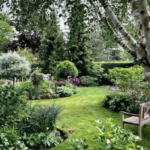








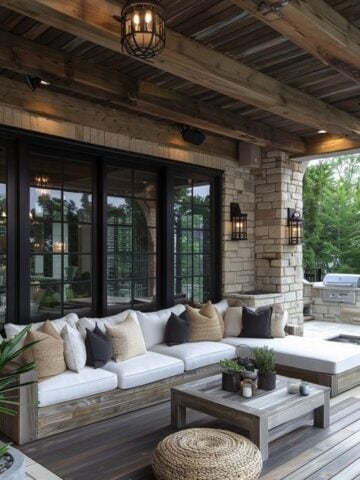
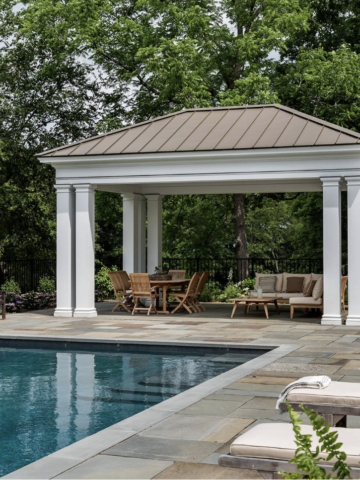
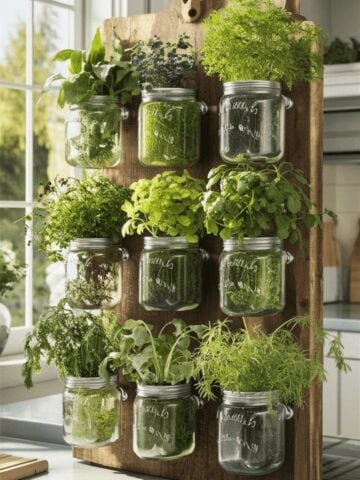
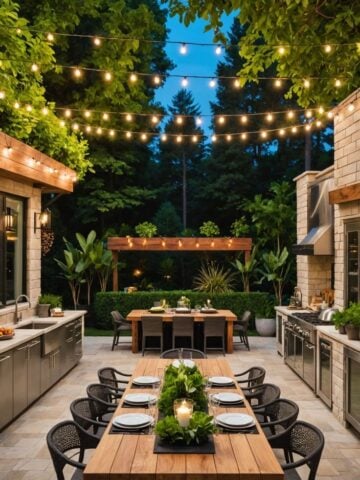
Leave a Reply